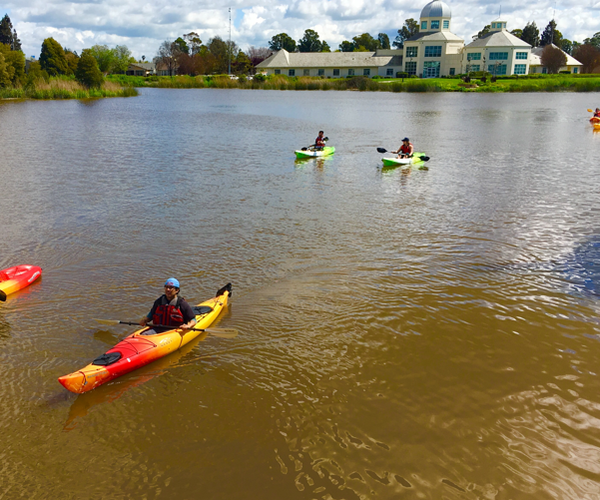Drowning is a concern when in the water, but it’s not the only potential hazard.
Potential Hazards In And Out Of The Water





